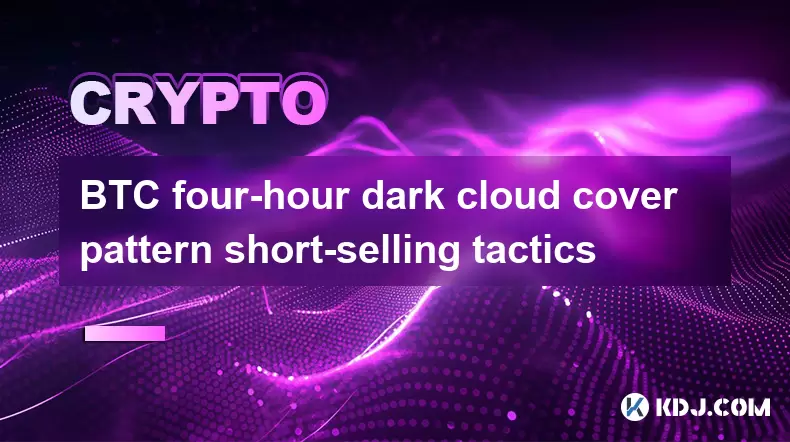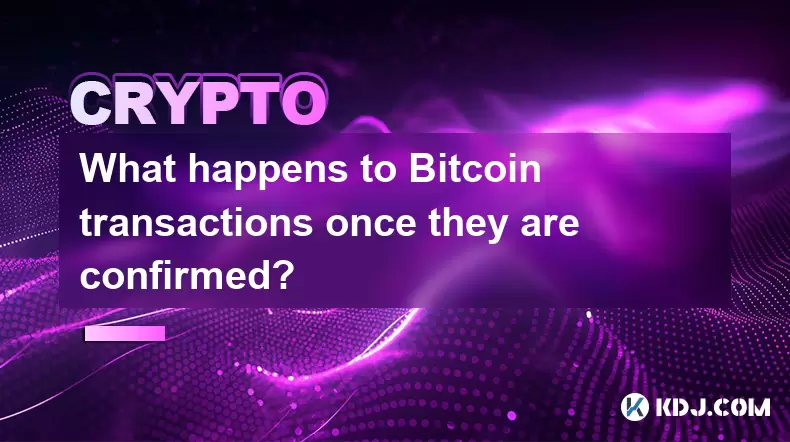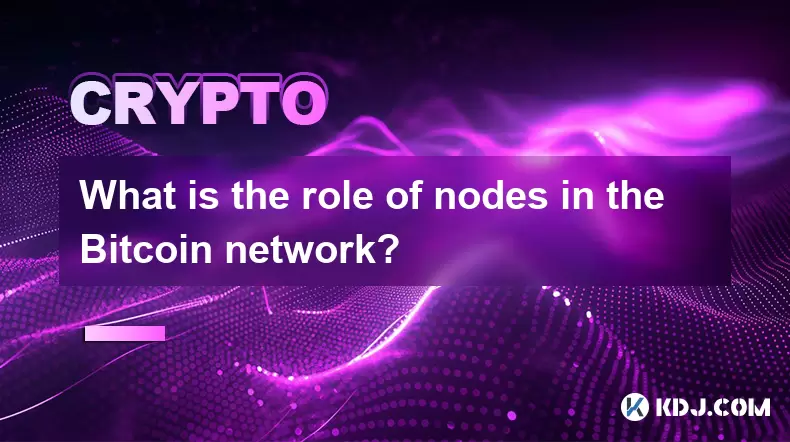-
 Bitcoin
Bitcoin $116400
-0.36% -
 Ethereum
Ethereum $4033
3.40% -
 XRP
XRP $3.302
-1.26% -
 Tether USDt
Tether USDt $1.000
-0.02% -
 BNB
BNB $796.1
1.67% -
 Solana
Solana $177.8
1.89% -
 USDC
USDC $0.9999
0.00% -
 Dogecoin
Dogecoin $0.2314
4.09% -
 TRON
TRON $0.3381
0.14% -
 Cardano
Cardano $0.7989
1.22% -
 Stellar
Stellar $0.4496
-1.84% -
 Chainlink
Chainlink $20.42
9.42% -
 Hyperliquid
Hyperliquid $41.17
0.88% -
 Sui
Sui $3.914
3.77% -
 Bitcoin Cash
Bitcoin Cash $584.7
1.52% -
 Hedera
Hedera $0.2632
-0.54% -
 Avalanche
Avalanche $24.09
3.40% -
 Ethena USDe
Ethena USDe $1.001
-0.02% -
 Litecoin
Litecoin $123.2
1.33% -
 Toncoin
Toncoin $3.318
-0.04% -
 UNUS SED LEO
UNUS SED LEO $8.984
-0.05% -
 Shiba Inu
Shiba Inu $0.00001323
2.85% -
 Uniswap
Uniswap $10.90
4.41% -
 Polkadot
Polkadot $3.999
3.34% -
 Dai
Dai $1.000
0.01% -
 Cronos
Cronos $0.1630
9.64% -
 Bitget Token
Bitget Token $4.484
0.82% -
 Monero
Monero $272.4
2.44% -
 Pepe
Pepe $0.00001173
6.03% -
 Aave
Aave $290.8
2.88%
BTC four-hour dark cloud cover pattern short-selling tactics
The four-hour dark cloud cover pattern on BTC charts signals a bearish reversal, prompting traders to employ short-selling tactics for potential profits.
Jun 02, 2025 at 04:49 am

In the world of cryptocurrency trading, recognizing and acting on specific chart patterns can significantly enhance a trader's ability to make profitable decisions. One such pattern that has garnered attention among Bitcoin (BTC) traders is the four-hour dark cloud cover pattern. This article will delve into the specifics of this pattern and outline detailed short-selling tactics that traders can employ when they spot this formation on the BTC four-hour chart.
Understanding the Dark Cloud Cover Pattern
The dark cloud cover pattern is a bearish reversal pattern that typically appears at the end of an uptrend. It consists of two candlesticks: the first is a bullish candlestick, followed by a bearish candlestick that opens above the high of the previous bullish candlestick and closes within the body of the bullish candlestick. This pattern suggests that the bullish momentum is waning and a potential reversal to a downtrend may be imminent.
For the BTC four-hour chart, this pattern is particularly significant because it offers a clear signal over a timeframe that is long enough to filter out short-term noise but short enough to capture meaningful price movements. Traders often look for this pattern as an indication to initiate short positions, anticipating a decline in BTC's price.
Identifying the Dark Cloud Cover Pattern on the BTC Four-Hour Chart
To effectively identify the dark cloud cover pattern on the BTC four-hour chart, traders need to follow these steps:
- Open your trading platform: Ensure that you have access to a reliable trading platform that allows you to view BTC's four-hour candlestick chart.
- Locate an uptrend: Look for a series of higher highs and higher lows on the chart, indicating that BTC is in an uptrend.
- Identify the first candlestick: The first candlestick should be a bullish candlestick, characterized by a closing price higher than the opening price.
- Spot the second candlestick: The second candlestick should be a bearish candlestick that opens above the high of the first candlestick and closes within the body of the first candlestick.
- Confirm the pattern: Ensure that the bearish candlestick closes at least halfway down the body of the bullish candlestick to confirm the dark cloud cover pattern.
Short-Selling Tactics for the Dark Cloud Cover Pattern
Once the dark cloud cover pattern is identified on the BTC four-hour chart, traders can implement the following short-selling tactics to capitalize on the anticipated price decline:
- Set entry point: Place a short sell order just below the low of the bearish candlestick. This entry point helps to confirm the bearish reversal and reduces the risk of entering too early.
- Determine stop-loss level: Set a stop-loss order above the high of the bearish candlestick. This level acts as a safety net to limit potential losses if the price unexpectedly moves against the trade.
- Calculate take-profit level: Use technical analysis tools such as support levels, Fibonacci retracement levels, or previous lows to set a take-profit order. A common approach is to target a level that represents a significant percentage of the recent uptrend's range.
- Monitor market conditions: Keep an eye on market sentiment, news, and other technical indicators to adjust your trade if necessary. The cryptocurrency market can be highly volatile, and staying informed is crucial.
Risk Management Strategies
Effective risk management is essential when short-selling BTC based on the dark cloud cover pattern. Here are some strategies to consider:
- Position sizing: Determine the size of your short position based on your overall trading capital and risk tolerance. A common rule of thumb is to risk no more than 1-2% of your trading capital on any single trade.
- Diversification: Avoid putting all your capital into a single trade. Diversify your trades across different cryptocurrencies and timeframes to spread risk.
- Regular review: Periodically review your trading strategy and performance. Adjust your tactics based on what is working and what is not, and be prepared to cut losses if a trade moves against you.
Technical Indicators to Complement the Dark Cloud Cover Pattern
While the dark cloud cover pattern can be a powerful signal on its own, combining it with other technical indicators can increase the probability of a successful short-selling trade. Here are some indicators to consider:
- Moving averages: Use moving averages to confirm the downtrend. If the price is below a key moving average, such as the 50-period or 200-period moving average, it can reinforce the bearish outlook.
- Relative Strength Index (RSI): The RSI can help identify overbought conditions. If the RSI is above 70 and starts to decline as the dark cloud cover pattern forms, it can be a strong signal to initiate a short trade.
- Volume: High trading volume on the bearish candlestick can validate the strength of the reversal signal. Look for increased volume as the price declines to confirm bearish momentum.
Psychological Aspects of Short-Selling BTC
Short-selling BTC based on the dark cloud cover pattern requires not only technical skills but also a strong psychological mindset. Here are some psychological aspects to consider:
- Discipline: Stick to your trading plan and avoid making impulsive decisions based on short-term price movements. The dark cloud cover pattern provides a clear entry and exit strategy, so follow it diligently.
- Patience: Wait for the pattern to fully develop before entering a trade. Rushing into a trade without confirmation can lead to unnecessary losses.
- Emotional control: Manage your emotions, especially fear and greed. Short-selling can be stressful, as potential losses are theoretically unlimited. Maintain a calm and rational approach to your trading decisions.
FAQs
Q: How reliable is the dark cloud cover pattern for short-selling BTC?
A: The reliability of the dark cloud cover pattern can vary depending on market conditions and the timeframe. On the BTC four-hour chart, it is considered a relatively strong bearish reversal signal, but it should be used in conjunction with other technical indicators and market analysis for the best results.
Q: Can the dark cloud cover pattern be used for long-term trading?
A: While the dark cloud cover pattern is typically used for shorter timeframes, it can be applied to longer timeframes such as daily or weekly charts. However, traders should adjust their entry and exit points accordingly and be prepared for longer holding periods.
Q: What are the common pitfalls to avoid when short-selling BTC based on the dark cloud cover pattern?
A: Common pitfalls include entering trades too early, not setting proper stop-losses, and failing to monitor market conditions. Additionally, traders should avoid overleveraging and ensure they have sufficient capital to cover potential losses.
Q: How can I improve my success rate with the dark cloud cover pattern?
A: To improve your success rate, practice disciplined risk management, combine the pattern with other technical indicators, and continuously refine your trading strategy based on performance reviews. Additionally, staying informed about broader market trends and news can help you make more informed trading decisions.
Disclaimer:info@kdj.com
The information provided is not trading advice. kdj.com does not assume any responsibility for any investments made based on the information provided in this article. Cryptocurrencies are highly volatile and it is highly recommended that you invest with caution after thorough research!
If you believe that the content used on this website infringes your copyright, please contact us immediately (info@kdj.com) and we will delete it promptly.
- Moat Stocks & Mega-Cap Momentum: July's Standout Performance
- 2025-08-09 12:30:12
- Injective (INJ) Eyes $15.39 Breakout Amidst Explosive Network Growth
- 2025-08-09 12:30:12
- Ripple vs. SEC: XRP Price Soars as Legal Battles End, But Can It Outpace Rising Competitors?
- 2025-08-09 13:10:12
- DWP Management, XRP, and Digital Asset Funds: A New Era for Institutional Investment?
- 2025-08-09 13:30:12
- Pi Network's KYB Verification: A Leap Towards Sustainable Token Launch
- 2025-08-09 13:30:12
- Bitcoin, Dollar Alternative, and Institutional Adoption: A New Era?
- 2025-08-09 13:35:12
Related knowledge

Can the Bitcoin protocol be changed?
Aug 07,2025 at 01:16pm
Understanding the Bitcoin ProtocolThe Bitcoin protocol is the foundational set of rules that govern how the Bitcoin network operates. It defines every...

What happens to Bitcoin transactions once they are confirmed?
Aug 09,2025 at 05:22am
Understanding Bitcoin Transaction ConfirmationWhen a Bitcoin transaction is initiated, it is broadcast to the network and placed in a pool of unconfir...

How are Bitcoin transactions verified?
Aug 08,2025 at 06:57am
Understanding Bitcoin Transaction VerificationBitcoin transactions are verified through a decentralized network of nodes and miners that ensure the le...

How does decentralization make Bitcoin secure?
Aug 08,2025 at 09:35am
Understanding Decentralization in BitcoinDecentralization is a foundational principle of Bitcoin's architecture and plays a critical role in its secur...

What are some common misconceptions about Bitcoin?
Aug 07,2025 at 07:22pm
Bitcoin is Just Like Regular MoneyA widespread misconception is that Bitcoin functions identically to traditional fiat currencies like the US dollar o...

What is the role of nodes in the Bitcoin network?
Aug 08,2025 at 04:14pm
Understanding the Function of Nodes in the Bitcoin NetworkNodes are fundamental components of the Bitcoin network, serving as the backbone that ensure...

Can the Bitcoin protocol be changed?
Aug 07,2025 at 01:16pm
Understanding the Bitcoin ProtocolThe Bitcoin protocol is the foundational set of rules that govern how the Bitcoin network operates. It defines every...

What happens to Bitcoin transactions once they are confirmed?
Aug 09,2025 at 05:22am
Understanding Bitcoin Transaction ConfirmationWhen a Bitcoin transaction is initiated, it is broadcast to the network and placed in a pool of unconfir...

How are Bitcoin transactions verified?
Aug 08,2025 at 06:57am
Understanding Bitcoin Transaction VerificationBitcoin transactions are verified through a decentralized network of nodes and miners that ensure the le...

How does decentralization make Bitcoin secure?
Aug 08,2025 at 09:35am
Understanding Decentralization in BitcoinDecentralization is a foundational principle of Bitcoin's architecture and plays a critical role in its secur...

What are some common misconceptions about Bitcoin?
Aug 07,2025 at 07:22pm
Bitcoin is Just Like Regular MoneyA widespread misconception is that Bitcoin functions identically to traditional fiat currencies like the US dollar o...

What is the role of nodes in the Bitcoin network?
Aug 08,2025 at 04:14pm
Understanding the Function of Nodes in the Bitcoin NetworkNodes are fundamental components of the Bitcoin network, serving as the backbone that ensure...
See all articles

























































































